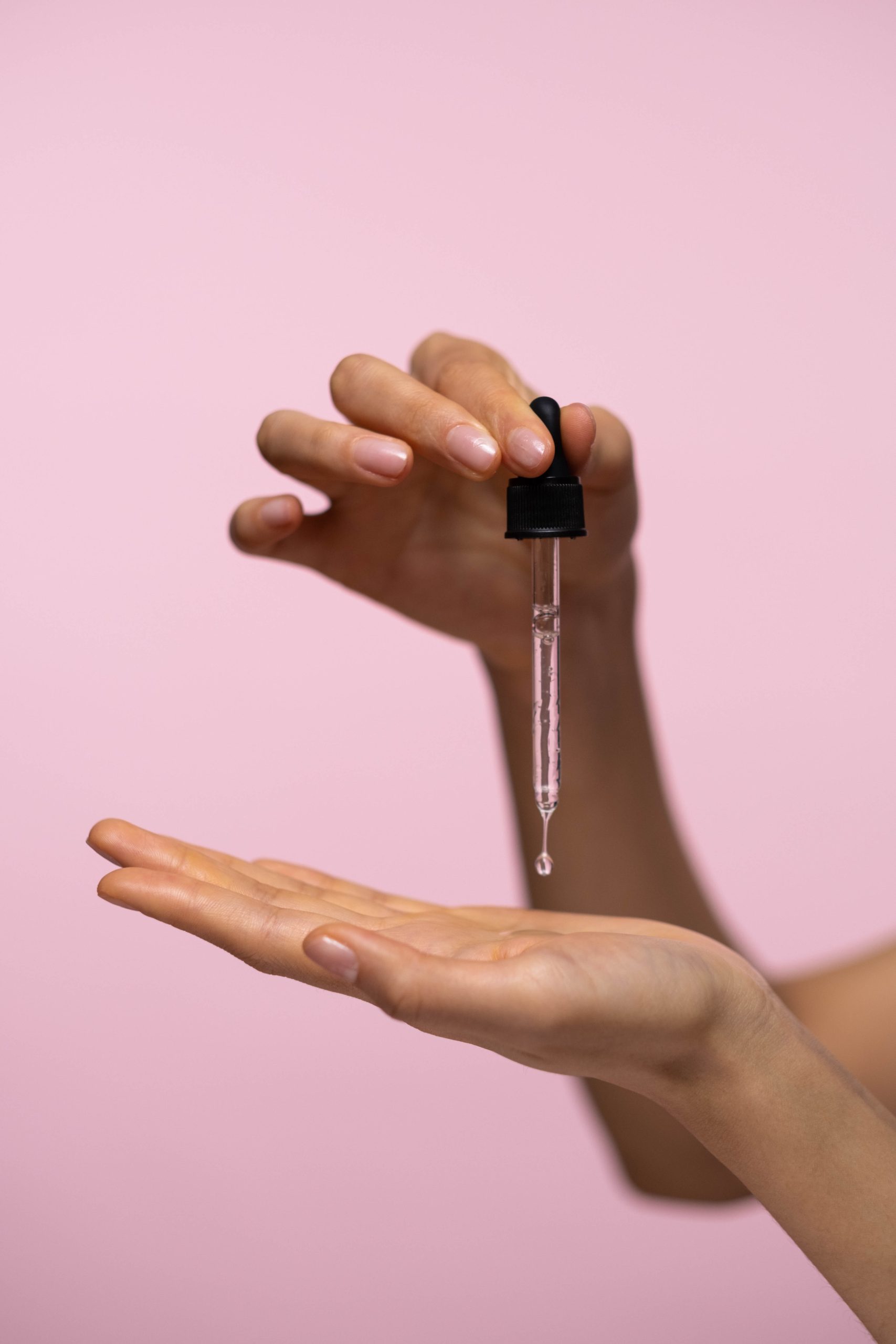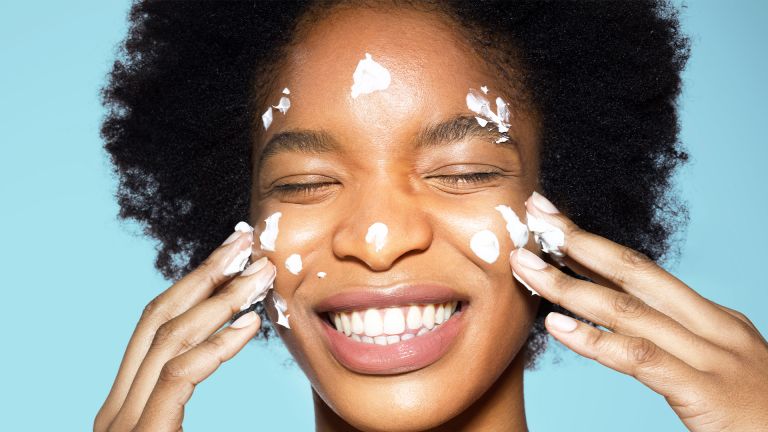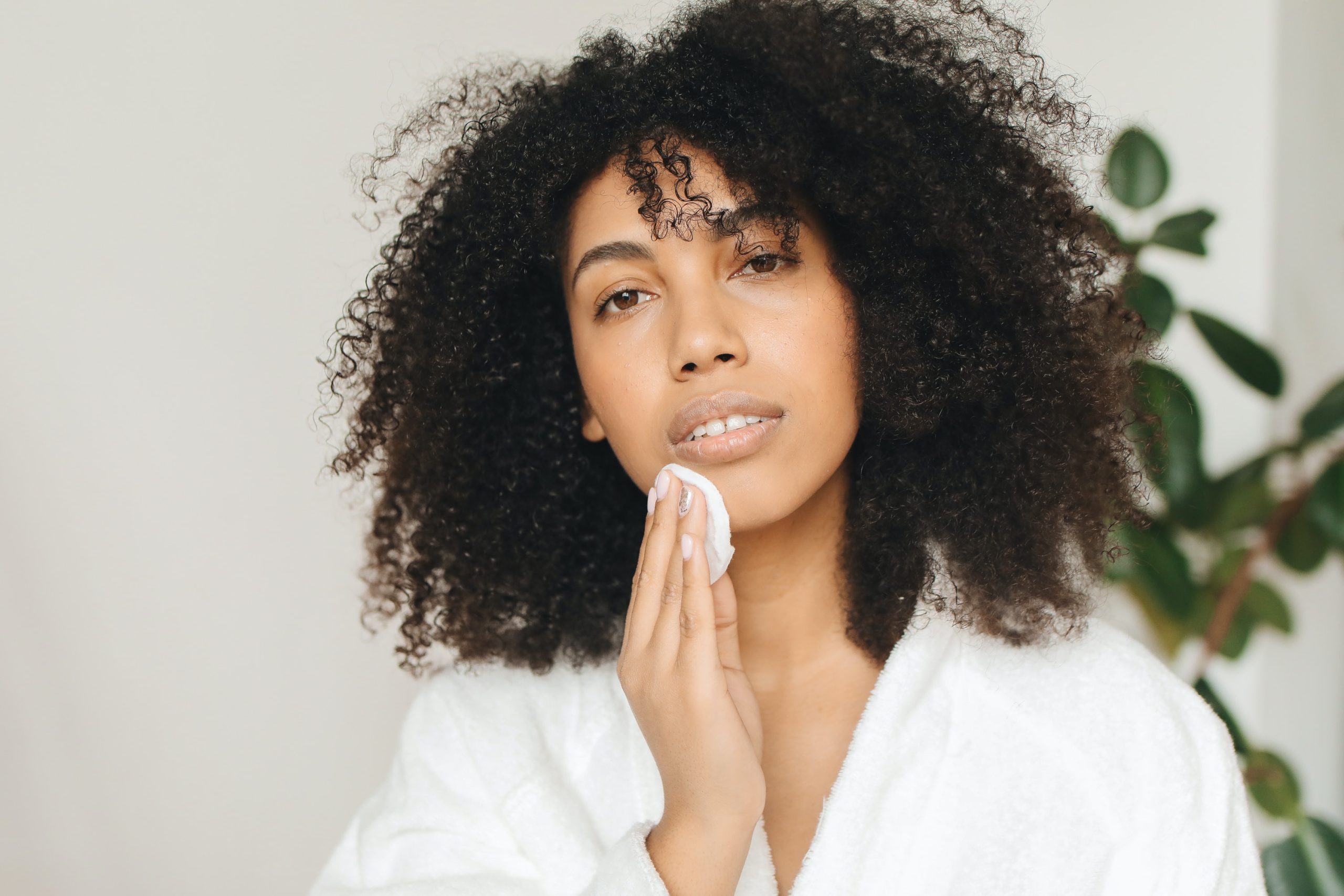At first glance, “dehydrated” and “dry” mean pretty much the same thing. I mean, both of them refer to the lack of water or moisture in hair, food, atmosphere—whatever.
But when it comes to skin, these two terms are actually the furthest thing from synonymous.
On one hand, a dry skin type is one that naturally produces less sebum (natural skin oils) than regular, oily, or even combination skin types.
On the other hand, dehydrated skin is what occurs when there’s a lack of water in the skin, which can be caused by a variety of environmental factors and poor skin care habits.
However, both of them look and feel extremely similar which is why it’s not a surprise that dehydration and dryness get mixed up so often.
So with this new information in mind, do you really have a dry skin type, or is your skincare routine just lacking a little water? Here’s how to tell the difference.
Lacking water vs lacking natural oils–which one are you?

The biggest difference between skin that is dehydrated and skin that is dry is that one is talking about a lack of natural sebum and the other is talking about a lack of water in the skin.
Because dry skin is an actual skin type and not just an occasional occurrence, it’s the one that refers to a lack of sebum.
If you don’t know, sebum is the oily, waxy substance that protects our skin and is naturally produced by our body’s sebaceous glands.
Dehydrated skin, on the other hand, is caused by a handful of external factors.
Not drinking enough water, salt from sweat drying out your face, and regularly failing to remove makeup are just a few reasons why your skin can be dehydrated.
While both of these issues are very different, they can be fixed with one thing: a super-hydrating, moisture-heavy skincare routine. Simply invest in products formulated with water, humectants (honey, glycerin, hyaluronic acid, etc) and non-comedogenic oils.
How does moisturizer interact with your skin?

Dehydrated skin tends to nicely soak up a moisturizer with no problem because, as you already know, dehydration is a matter of changeable factors (like a poor routine!) and can quickly be treated with the right combination of daily skincare products and habits.
Dry skin, on the other hand, is something you’re rolling with for the long run. So using one good product once or twice typically won’t create much of a difference in the short term.
If you notice that it’s taking your skin a little longer to bounce back from its dry, rough state—you probably have a dry skin type. Of course, dehydrated skin can take a while to work itself out, too. So to be on the safe side when differentiating what is what, simply do your best to stay hydrated!
Take a look at your habits. What do they say?

Don’t be so quick to place yourself into the dry skin type category, either! If you know that your regular skincare routine lacks adequate hydration and moisture, your own lackluster skincare habits may be the culprit causing you some seriously dehydrated skin.
That means it’s possible that you’re experiencing dry skin even if your actual skin type is oily or combination.
So here are a few things to consider before jumping on the dry skin train:
- How often do I sweat? Sweat is salty, and salt is drying! If you spend a lot of time outside, frequent the gym, or even sweat in your sleep, this may be drying you out.
- How often do I drink water? You should be drinking about 3 liters, or 12 cups, of water a day. If you’re not getting anywhere near this, you might want to drink up!
- Do I use more creams or oils? Oils will moisturize your skin, but if it’s super dehydrated, that doesn’t mean a thing! Make sure you’re using water-based moisturizers in tandem with oils to hydrate and moisturize simultaneously.
- How clean am I? If you haven’t already, wash your brushes, pillowcases, hats, and everything else that touches your face. Dirt and sebum buildup can create dry, rough patches that you’re mistaking as dry or dehydrated skin.







